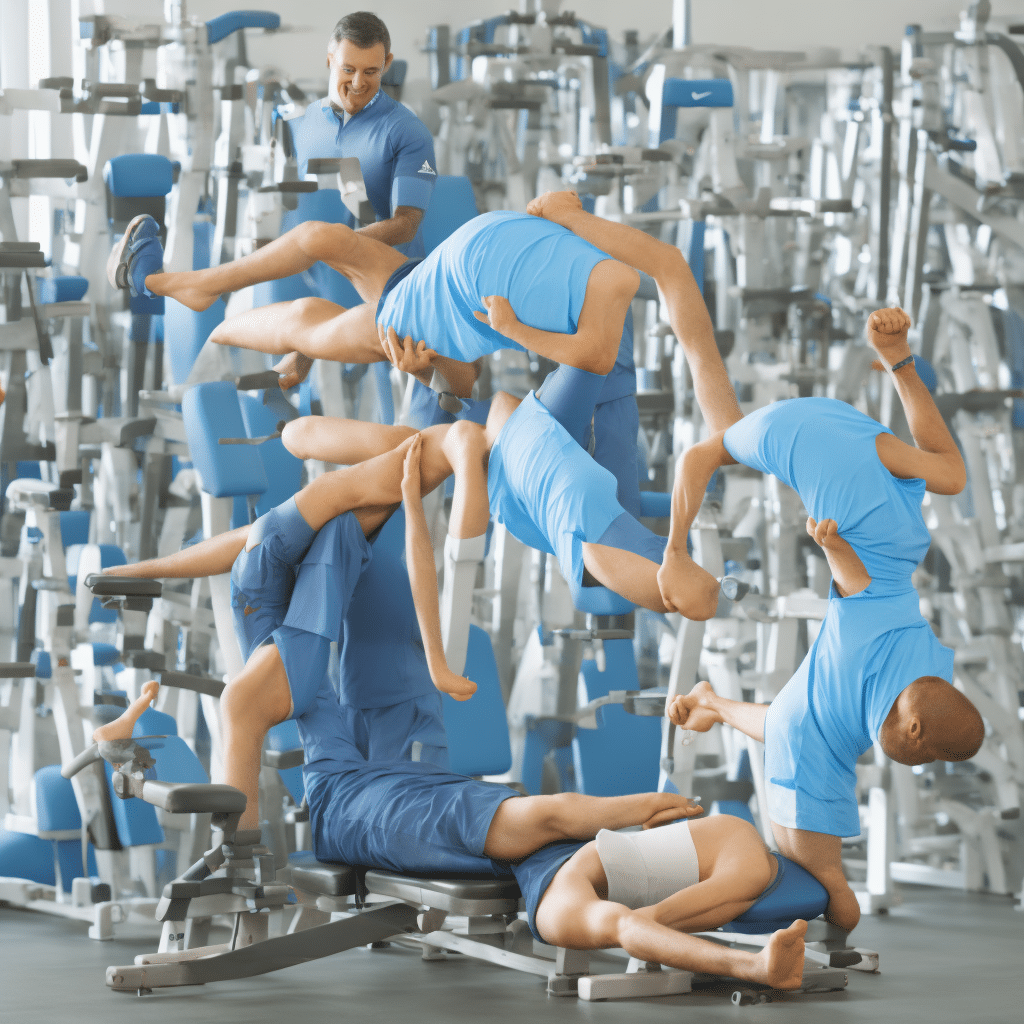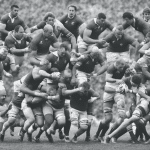An athlete’s body is their pride and joy. It is their tool, their asset, and it is what helps them achieve remarkable feats. However, it’s also susceptible to various injuries. Among the most common and disruptive injuries athletes face is a sports hernia. When this occurs, it can put you on the sidelines, leaving you feeling sidelined and frustrated. However, customized rehabilitation programs can help speed up recovery from sports hernias.
This article explores how individually tailored rehabilitation regimens can expedite your recovery, getting you back into the game faster. With a focus on physical therapy, targeted exercises, and an understanding of each athlete’s unique needs, these programs can help you regain your strength, flexibility, and performance levels.
A lire aussi : What Are the Innovative Methods for Tracking Hydration Levels in Endurance Athletes?
Understanding Sports Hernia
Before we delve into the rehabilitation process, it’s essential to understand what a sports hernia is. It is a soft tissue injury in the groin area, often resulting from strain or sudden, forceful movements common in sports. It’s different from a traditional hernia, which involves a protrusion of an organ, typically the intestine, through a weak spot in the abdominal muscles.
With a sports hernia, there may not be any visible bulge, but the pain can be severe and worsen with physical activity. Diagnosis can sometimes be challenging, given the similarities with other groin injuries. Once a sports hernia is diagnosed, treatment focuses on minimizing pain and restoring function to the affected area.
Cela peut vous intéresser : What Strategies Can Facilitate Skill Acquisition in Complex Team Sports Like Rugby?
The Role of Customized Rehabilitation Programs
The cornerstone of sports hernia recovery is a customized rehabilitation program. These programs are specifically designed with the individual athlete’s needs, sport, and position in mind. They aim to address the root cause of the hernia, strengthen the weakened area, and implement strategies to prevent future injuries.
Specific exercises are chosen based on the athlete’s requirements and progress at different stages of recovery. For example, in the initial phase post-injury, exercises will aim to reduce pain and inflammation and restore range of motion. Later, the program will shift towards rebuilding strength and endurance.
The customization of these programs allows for a more focused and efficient approach to recovery. It ensures that the exercises are targeting the right areas and are not causing further strain or injury.
The Importance of Physical Therapy
Physical therapy plays a pivotal role in customized rehabilitation programs. It uses various techniques such as manual therapy, therapeutic exercises, and education about body mechanics to help patients recover.
For sports hernias, physical therapy starts with gentle, passive movements to restore flexibility without causing pain. As the athlete’s condition improves, the physical therapist will introduce more complex exercises that mimic sport-specific movements. This gradual increase in exercise intensity is crucial in preventing re-injury.
Physical therapists also educate athletes on how to modify their movements to avoid unnecessary strain on the injured area. This education can go a long way in preventing future occurrences of sports hernias.
Targeted Exercises to Speed Up Recovery
In a customized rehabilitation program, targeted exercises are a game-changer. These exercises are specifically chosen to address the individual athlete’s weak points and enhance their performance. They focus on strengthening the abdominal and hip muscles, promoting flexibility, and improving core stability.
Exercises such as planks, leg raises, and bridges are often incorporated into the program. But it’s not just about performing these exercises – it’s about performing them correctly and consistently. A physical therapist will guide athletes in maintaining proper form and gradually increasing the intensity of these exercises as their bodies heal and become stronger.
Preventing Future Sports Hernias
Lastly, a crucial aspect of a customized rehabilitation program is the focus on preventing future sports hernias. This includes strategies such as regular strength training, flexibility exercises, and sport-specific conditioning. Educating athletes on proper body mechanics, warming up before exercise and cooling down afterward are also essential preventive measures.
Additionally, athletes may be taught how to recognize early signs of a hernia, allowing for prompt treatment and potentially avoiding a full-blown injury. This proactive approach can save athletes a considerable amount of time and frustration in the future.
In conclusion, while sports hernias can sideline athletes for a time, they don’t have to keep them out of the game forever. With a customized rehabilitation program, athletes can recover more quickly and reduce the risk of future injuries. It’s time to lace up those shoes, get back in the game, and keep pushing towards your goals.
Customized Rehabilitation: An Inclusive Approach
A customized rehabilitation program is not a one-size-fits-all solution but a comprehensive approach that caters to the individual needs of different athletes. The program doesn’t just stop at physical therapy; it encompasses a host of other aspects like nutritional counseling, psychological support, and lifestyle modifications.
Nutrition plays a vital role in the recovery process. Adequate intake of proteins aids in tissue repair, while anti-inflammatory foods help reduce swelling and pain. Therefore, a customized rehabilitation program may include a dietary plan tailored to the athlete’s needs to support their healing process.
In addition to physical health, mental health is equally important for recovery. Athletes often experience frustration, anxiety, and depression due to their inability to perform. Psychological support, such as counseling or cognitive behavioral therapy, can help athletes cope with these feelings and improve their overall wellbeing.
Furthermore, lifestyle modifications like adequate rest, maintaining a healthy weight, and avoiding strenuous activities can prevent exacerbation of the injury. Through a comprehensive approach, customized rehabilitation programs ensure a holistic recovery process, ensuring athletes are not just physically fit but also mentally prepared to return to the game.
The Future of Customized Rehabilitation Programs
The future of customized rehabilitation programs looks promising. With advancements in technology and a better understanding of sports medicine, these programs are continually evolving to provide more effective and efficient recovery strategies.
For instance, technologies like virtual reality and wearable devices are being incorporated into rehabilitation programs. Virtual reality can create a simulated environment for athletes to safely practice their movements, while wearable devices can monitor their progress and provide real-time feedback.
Moreover, there’s increasing recognition of the role of genetics in sports injuries. Genetic testing can identify an individual’s susceptibility to certain injuries, allowing for preventive measures to be implemented. In the future, rehabilitation programs might also include personalized treatments based on an athlete’s genetic profile.
Overall, customized rehabilitation programs are set to become more personalized and precise, providing athletes with the best possible care and quickest recovery times.
In Conclusion
A sports hernia can be a debilitating injury for athletes, impacting their performance and sidelining them from the game they love. However, a well-designed customized rehabilitation program can speed up their recovery, helping them regain their strength, flexibility, and performance levels. These programs, focusing on the individual athlete’s needs, sport, and position, not only aid in recovery but also help in preventing future injuries.
Furthermore, with the advancements in sports medicine and technology, the future of these rehabilitation programs looks promising. As they evolve to become more personalized and precise, athletes can look forward to even better care and quicker recovery times.
Sports hernias may be a setback, but they don’t have to be the end of an athlete’s journey. With the right support and a customized rehabilitation program, athletes can confidently get back in the game, perform at their best, and continue pursuing their passion.










